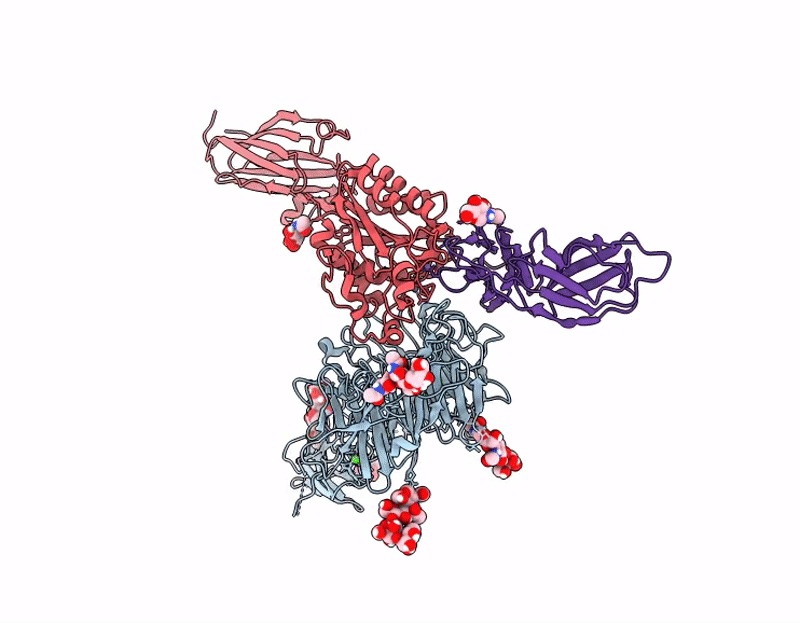
Deposition Date
2025-06-24
Release Date
2025-09-24
Last Version Date
2025-09-24
Entry Detail
PDB ID:
9P95
Keywords:
Title:
CryoEM structure of integrin alpha4beta7 bound to MAdCAM-1
Biological Source:
Source Organism:
Homo sapiens (Taxon ID: 9606)
Host Organism:
Method Details:
Experimental Method:
Resolution:
3.05 Å
Aggregation State:
PARTICLE
Reconstruction Method:
SINGLE PARTICLE


